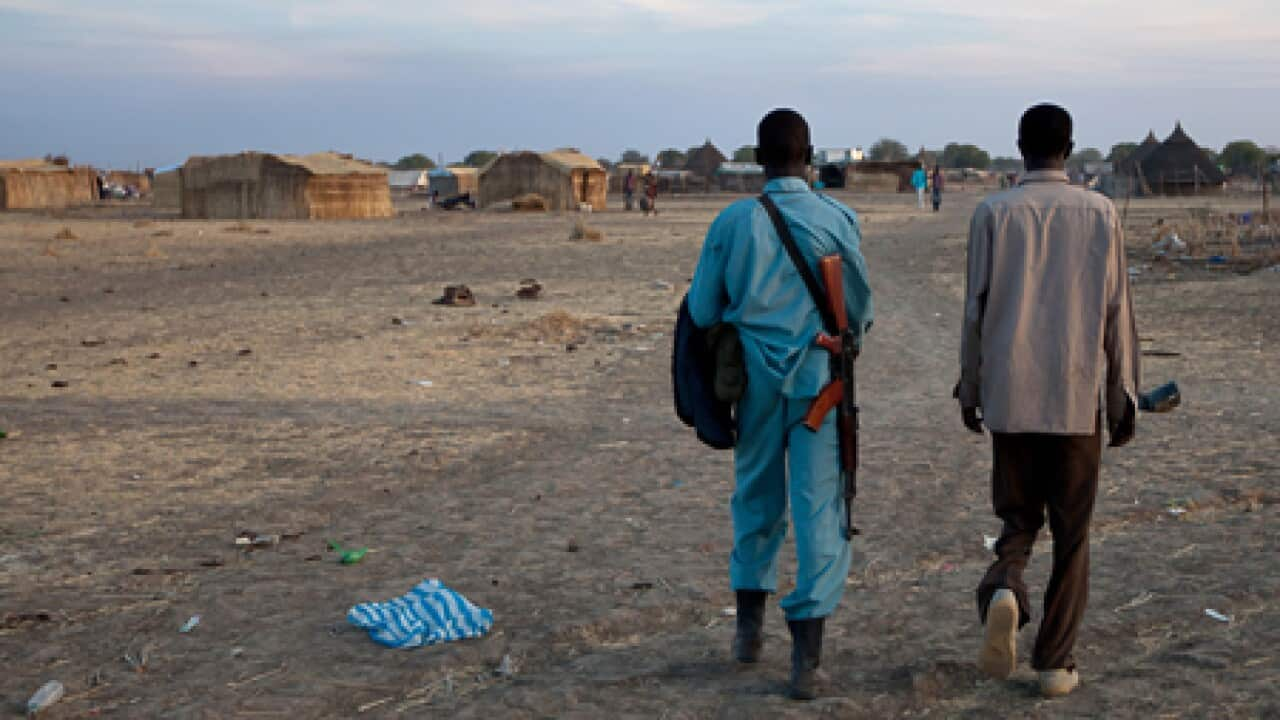South Sudan proclaims full independence on Saturday, splitting Africa's largest country in two to become the world's newest nation.
GEOGRAPHY: South Sudan is bordered to the east by Ethiopia, to the south by Kenya and Uganda and to the west by the Democratic Republic of Congo and the Central African Republic.
AREA: 589,745 square kilometres, or 227,701 square miles, or 24 percent of the whole of Sudan.
POPULATION: More than 8.5 million people, or 20 percent of the Sudanese population.
CAPITAL: Juba. Main towns: Rumbek, Malakal, Wau.
RELIGION: Mainly Christian and traditional beliefs, but many Muslims too.
LANGUAGE: English is the official language of the government. A form of Arabic also widely spoken.
HISTORY: Sudan was jointly ruled by Britain and Egypt from 1899 until independence in 1956. From 1955 until 1972 Sudan was rocked by civil war, pitting successive governments against southern rebels. The conflict ended with a treaty in 1972 that granted partial autonomy to the south. In 1983 Khartoum reneged on the accord, provoking a new civil war between north and south that left two million dead and four million displaced. John Garang formed the rebel Sudan People's Liberation Army, or SPLA.
Africa's longest war ended on January 9, 2005, when Garang signed a peace accord with Khartoum, which exempted the south from sharia, or Islamic law, and granted it six years of self-rule ahead of a referendum on independence.
In January 2011, south Sudan voted to secede from the north by 98.83 percent.
POLITICAL INSTITUTIONS: The former SPLA southern rebels partnered with their former adversaries in Khartoum to form a government of national unity in 2005, to run the country in line with a new constitution. Elections in April 2010 extended the mandate of Salva Kiir, who replaced Garang after he was killed in a helicopter accident in July 2005, as president of the south. A separate parliament was also set up in the south, headed by Kiir.
ECONOMY: After decades of devastating conflict with the north, south Sudan remains a grossly underdeveloped region, despite Sudan's current 6.7 billion barrels of oil reserves. Of the 470,000 barrels per day pumped pre-independence, three quarters come from the south and border regions. The oil, which provides up to 98 percent of south Sudan's income, is exported by pipeline through the north to the Red Sea.
The south is also rich in other minerals including uranium and has vast agricultural potential that remains largely unexploited because of the war.
ARMED FORCES: The Sudan People's Liberation Army has around 140,000 troops, according to the Geneva-based Small Arms Survey.
Nearly 10,000 peacekeeping soldiers from the United Nations Mission in Sudan (UNMIS), whose mandate expires on July 9, are deployed in the north and south.

